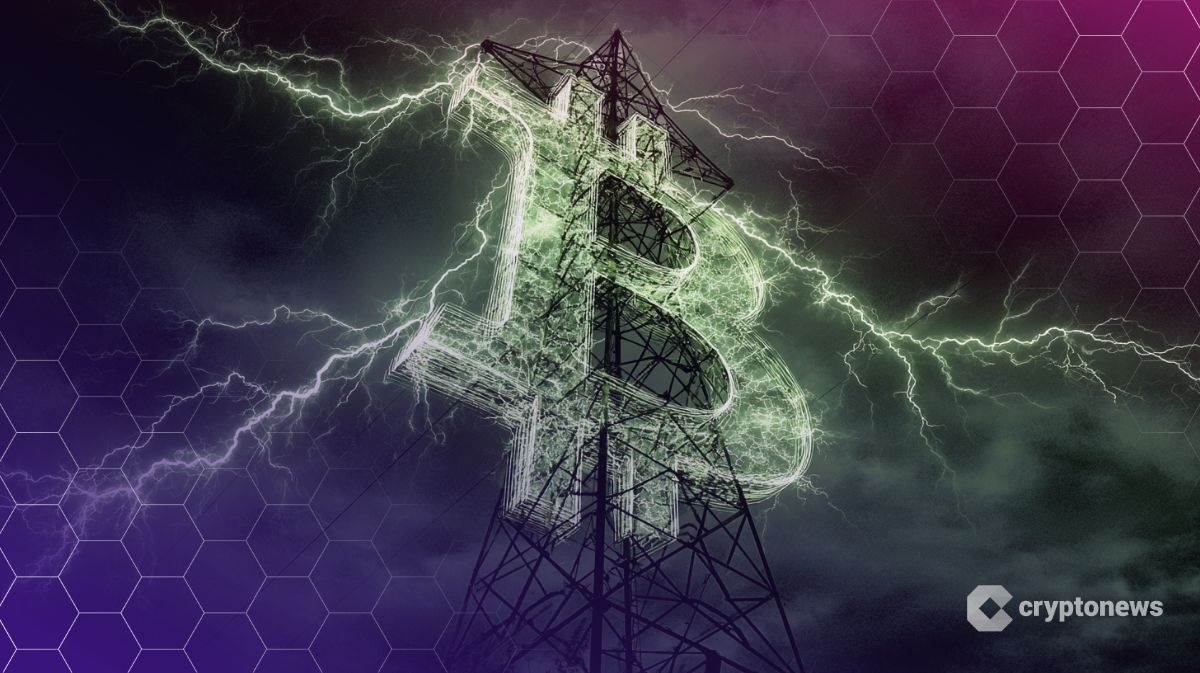Trump Secures 11 GOP Votes for GENIUS Act Following Oval Office Meeting — Vote Expected Tomorrow
President Donald Trump successfully rallied House Republicans back into line Tuesday night after personally meeting with GOP holdouts who had blocked major crypto legislation earlier in the day.
The late-evening intervention secured commitments from 11 of the 12 Republicans needed to advance the stablecoin-focused GENIUS Act and companion crypto bills.
Trump Steps Up After Unexpected Defeat
The House voted 196-223 against a procedural rule Tuesday during “Crypto Week” that would have allowed the GENIUS Act, the CLARITY Act, and the Anti-CBDC Surveillance State Act to advance to floor debate.
The unexpected defeat threatened to derail the administration’s push for comprehensive digital asset legislation.
Many Republicans who voted against the bills expressed concerns that the GENIUS Act could enable a central bank digital currency despite language explicitly prohibiting the Federal Reserve from creating one.
The bill states it “shall not be construed as expanding the Fed’s authority to offer services directly to the public.”
The turnaround came after months of bipartisan work on the GENIUS Act, which passed the Senate 68-30 in June with 18 Democrats joining most Republicans.
The legislation requires stablecoin issuers to maintain full dollar backing and establishes clear federal oversight frameworks.
Republican Revolt Nearly Derails Crypto Legislation
Thirteen Republicans initially voted against the procedural rule, citing fears about potential CBDC authorization.
The “no” votes included prominent conservatives such as Reps. Marjorie Taylor Greene (Ga.), Chip Roy (Texas), and Andy Biggs (Ariz.).
“I just voted NO on the Rule for the GENIUS Act because it does not include a ban on Central Bank Digital Currency and because Speaker Johnson did not allow us to submit amendments,” Rep. Greene wrote on X.
The revolt occurred despite House Republicans’ strategy to advance the Senate version without amendments, thereby expediting the bill’s arrival at Trump’s desk.
This approach was designed to deliver the first major crypto legislation to clear both chambers of Congress.
Speaker Mike Johnson participated in Tuesday’s Oval Office meeting via telephone and committed to scheduling the re-vote as early as possible Wednesday morning.
The Committee on Rules had granted an 8-4 vote providing consideration for the crypto bills following testimony from key House committees.
Rep. Warren Davidson, a Republican who generally supports crypto policy, opposed the GENIUS Act strategy, calling the decision to separate the bills “designed to ultimately fail.”
However, Financial Services Chair French Hill defended the approach, stating the bills “will protect investors, consumers, and make America a leader in financial technology.”
Even Congressman Tim Moore has voiced his support on X in a post he made a few hours ago.
The GENIUS Act would establish federal licensing requirements for stablecoin issuers and mandate full backing with U.S. dollars or equivalent liquid assets.
Consumer protections are included for bankruptcy scenarios, with stablecoin holders receiving priority payments.
Treasury Chief Champions Stablecoins as Dollar Reinforcement Tool
Treasury Secretary Scott Bessent has become one of the key advocates for the GENIUS Act, declaring that stablecoins can “reinforce dollar supremacy” rather than threaten U.S. monetary dominance.
His comments directly address European concerns about American digital asset policies.
The Treasury chief characterized crypto as “one of the most important phenomena in the world right now“ while criticizing how digital assets have been “ignored by national governments for far too long.”
His embrace contrasts sharply with growing European resistance to U.S. stablecoin expansion.
Italian Economy Minister Giancarlo Giorgetti warned that U.S. stablecoin policies could pose a “more dangerous impact on the euro than trade tariffs.”
European officials fear dollar-denominated stablecoins could undermine monetary sovereignty by offering Europeans alternative payment methods that bypass local financial institutions.
The stablecoin market has grown from under $10 billion to $239 billion in five years, with 98% of stablecoins pegged to the dollar and 80% of transactions occurring outside the United States.
This expansion has prompted the European Central Bank to accelerate its digital euro project, though implementation remains years away.
In light of the near-conclusion of the political drama surrounding the GENIUS Act, Federal banking regulators issued guidance on Monday, clarifying that banks can provide cryptocurrency custody services in both fiduciary and non-fiduciary arrangements.
The joint statement from the Federal Reserve, FDIC, and OCC emphasized existing risk-management protocols while removing previous restrictions on crypto business engagement.
You May Also Like

A whale deposited 2.73 million USDC into HypeLiquid and opened a BTC short position with 20x leverage

Eskom Grid Surges to 60.6%—Is South Africa Poised for Its Bitcoin Mining Plan?
